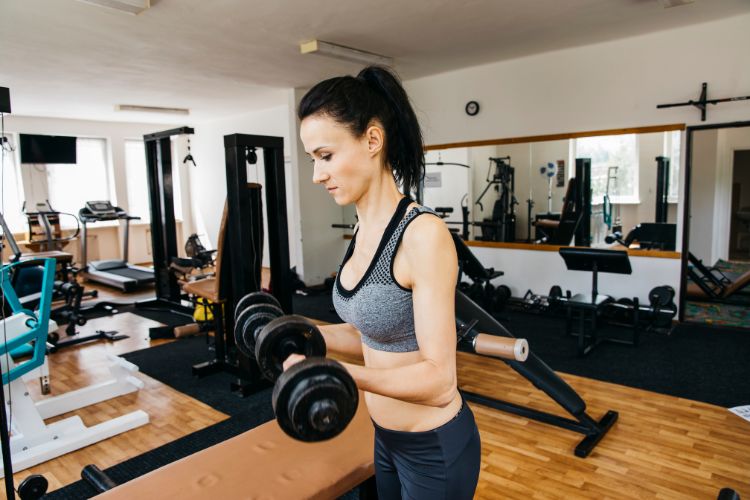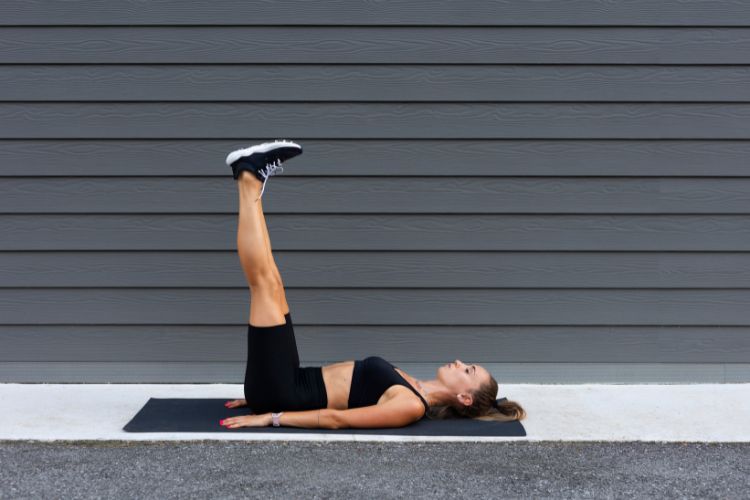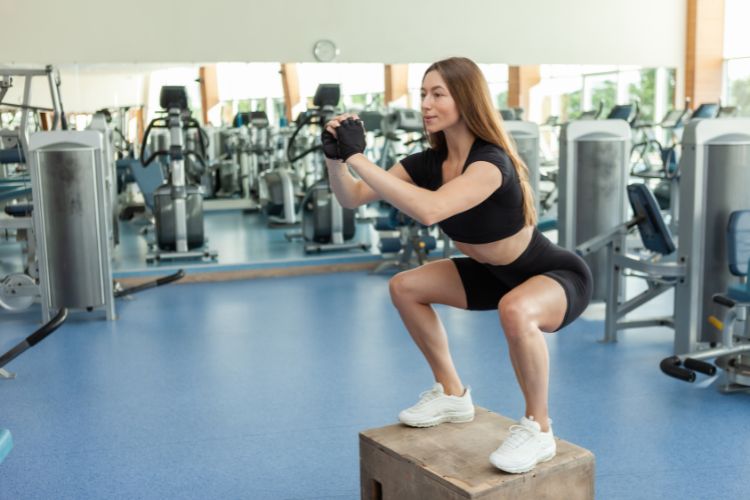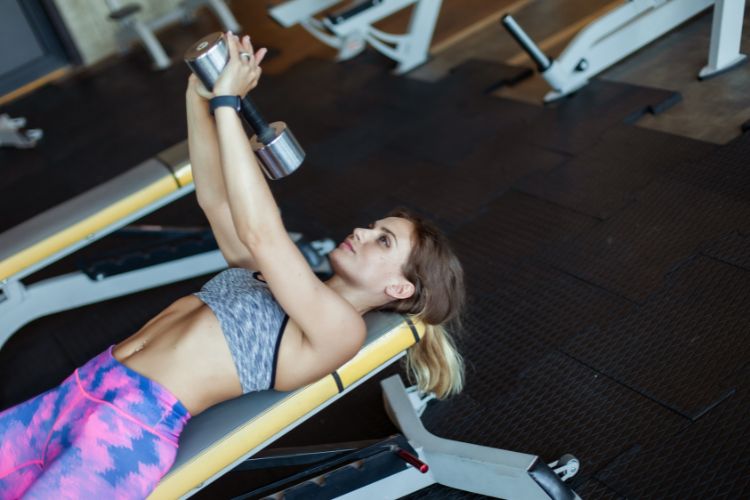Sign up for workout ideas, training advice, reviews of the latest gear and more.






If you’re aiming to develop bigger, more defined triceps, dumbbell skull crushers should absolutely be in your strength training rotation. This isolated triceps exercise is both powerful and effective, allowing you to target the long head of your triceps with maximum control and reduced joint stress. Whether you’re training at the gym or at home with a bench and a pair of dumbbells, this workout delivers results when done consistently and with proper form.
In this detailed guide, we’ll break down everything you need to know about dumbbell skull crushers: their benefits, how to perform them correctly, variations, common mistakes to avoid, and a sample dumbbell triceps workout plan to help you maximize gains.
Dumbbell skull crushers are a resistance training exercise that specifically targets the triceps brachii, which makes up the majority of your upper arm. The movement involves lying on a flat or incline bench while lowering a dumbbell toward your forehead, then pressing it back up—hence the name “skull crushers.”
This movement isolates the long head of the triceps, which often doesn’t get sufficient attention in compound pressing movements like the bench press or overhead press.
Dumbbell skull crushers are an excellent isolation exercise, allowing you to focus solely on the triceps without relying on the shoulders or chest for assistance.
Since you use two separate dumbbells, dumbbell skull crushers help correct muscle imbalances between your arms, promoting symmetrical growth and balanced strength.
Compared to barbell skull crushers, dumbbells allow for a more natural wrist and elbow angle, reducing the strain on your joints. This makes them ideal for people with wrist or elbow sensitivity.
You can perform this movement on a flat bench, incline bench, or even on the floor if you don’t have access to gym equipment—making it a versatile choice for home workouts.
Stronger triceps contribute to more powerful bench presses, overhead presses, and dips. Skull crushers help you develop that necessary triceps pushing power.
While the primary target is the triceps brachii, especially the long head, there are other stabilizing muscles involved:
This makes skull crushers a great arm-isolation movement for hypertrophy or accessory strength.
By performing the movement on an incline bench, you change the angle and place more emphasis on the long head of the triceps. This variation is excellent for muscle growth.
The decline version shifts tension to other parts of the triceps and helps avoid elbow strain for some lifters. It also changes the range of motion slightly.
Great for improving unilateral strength and fixing muscle imbalances, the single-arm version also requires more core stability.
If you don’t have a bench, you can lie on the floor and perform skull crushers. Although the range of motion is shorter, it still targets the triceps effectively.
While not using dumbbells, these alternatives allow heavier loads and can be rotated into your routine for variety.
Going heavy can lead to poor form and increase the risk of elbow strain. Start light and progress gradually.
This reduces triceps isolation and brings the shoulders into the movement. Keep your elbows tucked in throughout the lift.
Lowering the dumbbells too far behind your head can cause shoulder or neck strain. Stick to a safe, controlled arc.
Fast reps can use momentum instead of tension. Focus on slow, time-under-tension reps for muscle building.
Dumbbell skull crushers can be programmed in multiple ways depending on your training goals:
Here’s a triceps-focused dumbbell workout that incorporates skull crushers to build size and strength:
| Exercise | Sets | Reps | Rest |
|---|---|---|---|
| Dumbbell Skull Crushers | 4 | 10–12 | 60 sec |
| Dumbbell Close-Grip Press | 4 | 8–10 | 60 sec |
| Overhead Dumbbell Triceps Extension | 3 | 12–15 | 45 sec |
| Dumbbell Kickbacks | 3 | 15 reps | 30 sec |
| Bench Dips (Bodyweight or Weighted) | 3 | AMRAP | 60 sec |
Tip: Perform this workout 1–2x per week for maximum triceps development. You can also pair it with a chest day for synergistic upper body gains.
Triceps work can cause tightness or DOMS (delayed onset muscle soreness). Here’s how to recover effectively:
Use a foam roller or massage ball on the triceps and lats to reduce tension and improve mobility.
Allow 48 hours between sessions targeting the triceps, and fuel your muscles with protein-rich foods to promote recovery.
Dumbbell skull crushers are ideal for:
Absolutely. Dumbbell skull crushers are one of the most effective triceps isolation exercises you can perform, and they don’t require fancy equipment or complex setups. When done with proper form and programmed intelligently, they build size, strength, and definition in your arms—especially in the long head of the triceps, which is often underdeveloped.
By incorporating dumbbell skull crushers into your weekly training program, you’ll not only see noticeable improvements in arm aesthetics, but you’ll also boost your performance in compound lifts like the bench press, overhead press, and dips.
Yes, while the range of motion is limited, floor skull crushers are still effective, especially for beginners or home workouts.
Training your triceps 2 times per week is optimal for most lifters, giving them enough stimulation and time to recover.
Both have their place. Dumbbells offer greater control and reduced joint stress, making them ideal for beginners or those with elbow sensitivity.
It’s best to stop just before full lockout to maintain tension on the triceps and reduce joint stress.
Stay up to date on the latest women’s health, fitness and lifestyle trends and tips.